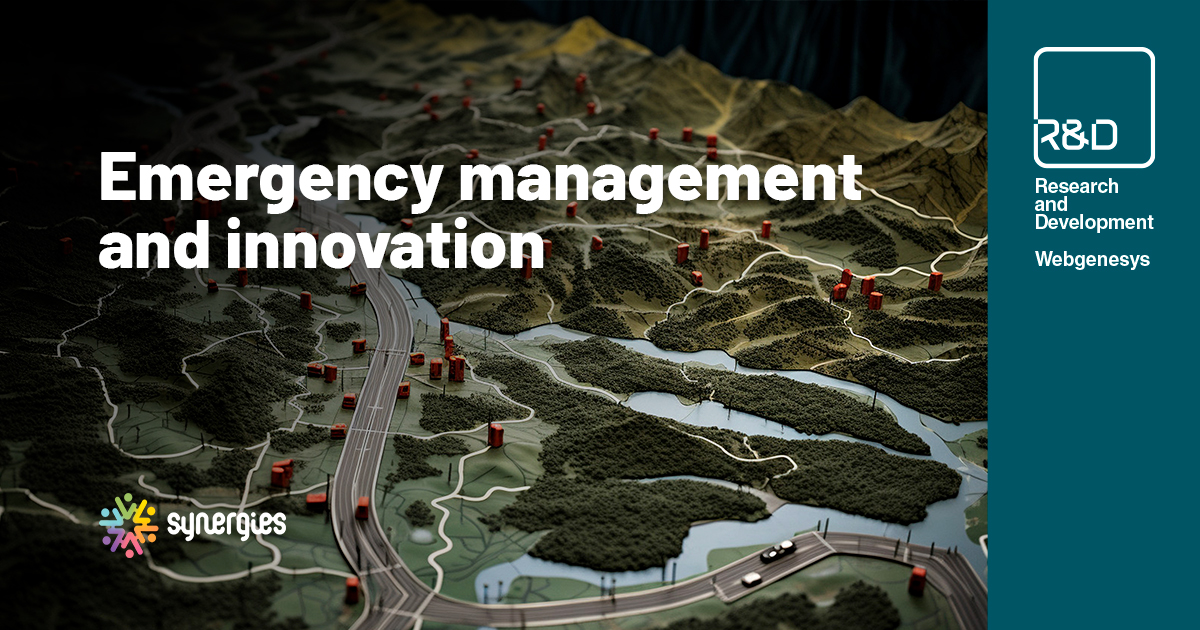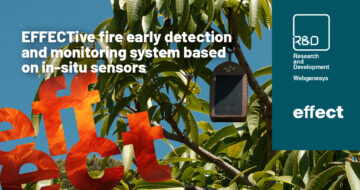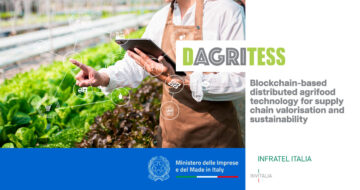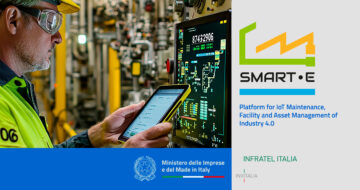EMERGENCY MANAGEMENT AND INNOVATION
The increasing complexity of today’s emergencies, from natural disasters to industrial accidents, calls for a more integrated approach. In this context, the ability to share information, resources, and expertise is crucial to ensure a rapid and coordinated response.
SYNERGIES, a project funded by the Horizon Europe Program, was established to meet these challenges. Its aim is to enhance disaster preparedness through direct involvement of first responders, citizens, communities, educational institutions, authorities, companies, and professionals.
The project, running until 30 November 2026, is coordinated by Deep Blue, first Italian SME for projects won and realised in the entire Horizon programme, and involves Webgenesys as developer of a tool to support early warning messaging.
Collaboration and interoperability
The creation of a shared operational framework is a cornerstone of modern disaster management. It allows all participating entities to monitor a crisis in real time by aggregating information from responders, remote teams and command centers.
Collaboration between agencies and communities is, in fact, vital in emergency management, to share resources and expertise and to coordinate interventions. Moreover, the adoption of open standards such as the Common Alerting Protocol (CAP) provide a digital language shared across systems and organizations.
A key factor is interoperability, meaning the seamless integration of systems and teams into a unified operational picture. Systems like National Firefighters Corps’ COOP2REACT demonstrate how the use of real-time data, validated and enriched via crowdsourcing and social media, leads to more effective decisions and faster response times.
A unified information flow requires well-structured data collection procedures and platforms that enable the immediate sharing of critical information. When every participant — from authorities to the general public — has access to the same information, efforts can be coordinated and strategies adapted as events unfold. Projects like REACH112, IDIRA, and CAP2COOP illustrate how standardized communication protocols enhance resilience in the face of catastrophic events.
Emergency and post-emergency management
Beyond the immediate crisis, the real challenge is maintaining collaboration throughout recovery and reconstruction. In these phases, ongoing data exchange and knowledge sharing strengthen inter-agency relationships and accelerate community restoration. The open documentation of resources, statistics and lessons learnt becomes a shared asset that drives innovation: initiatives such as SARFIRE and MOSBASE show the value of this approach in making future improvements.
Disaster management thus becomes a continuous cycle, where technology and active participation converge to create opportunities for growth and greater resilience.

Read the full article on the Synergies project website


